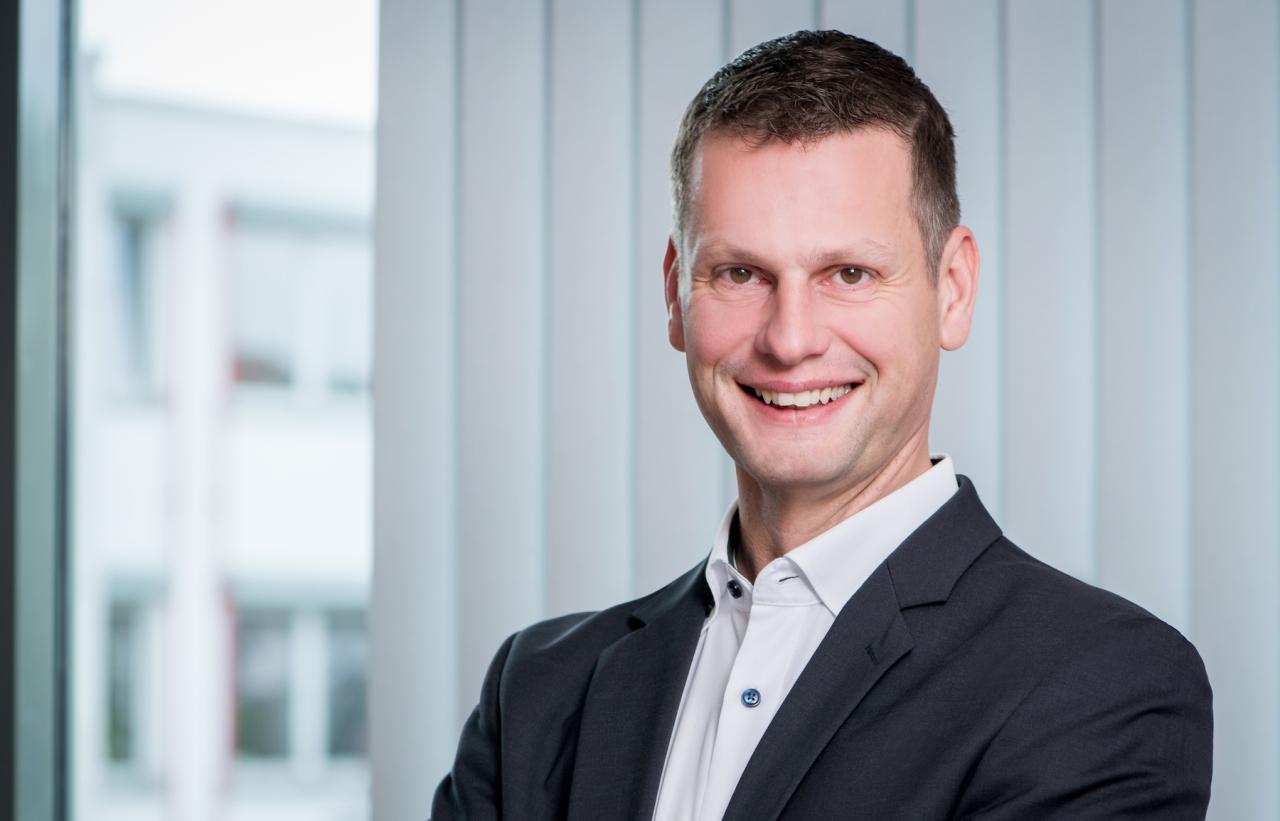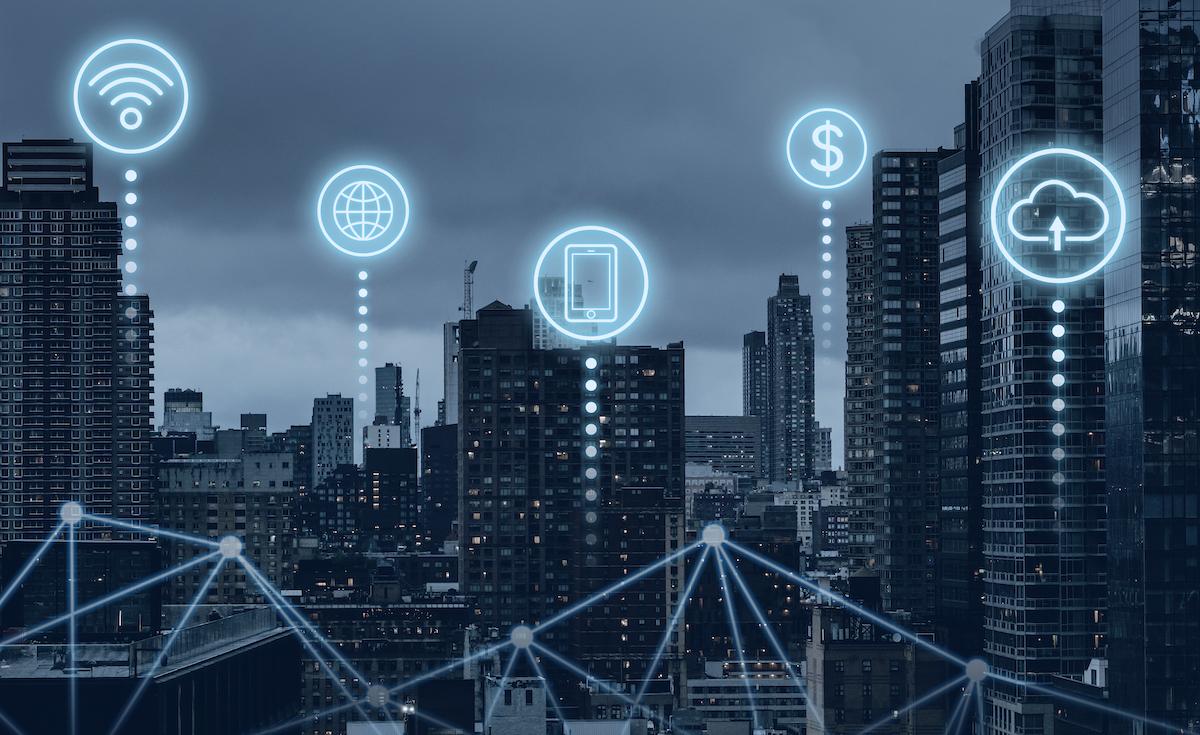Interview: The gap between IT and OT in production
- What do the terms IT and OT mean? What is their difference?
- How have IT and OT changed and what is the significance of IT and OT for production in the context of digitalization?
- Why is the convergence of IT and OT systems so important? What challenges does this create?
- What can the journey to a secure OT / IT future look like?
- How does susietec® support the convergence of IT and OT?
According to a survey among 502 German companies with more than 20 employees conducted by the industry association Bitkom in April 2020, a majority of companies see the digitization of production as an opportunity. However, the situation is different for digital platforms, which 41 percent of respondents still perceive as a risk. Yet the IIoT (Industrial Internet of Things) has become indispensable in industry. Whether MES (Manufacturing Execution Systems), intelligent machines and plants, the often discussed "digital twin": The digitalization of production leads to a new distribution of tasks, which classic IT can no longer cover. The consequence: the smart factory requires a digital rethink and a changed role model - especially in the interaction of IT and OT.

In this interview, Michael Jacob, General Manager at Kontron AIS GmbH, explains how the convergence of IT and OT in production can succeed.
What do the terms IT and OT mean? What is the difference?
The term IT – short for Information Technology – refers to the use of technology to process, store and transmit data. This includes computers, software, and networks such as enterprise ERP systems, cloud services and email servers.
In contrast, OT – Operation Technology – includes all technologies used in industrial processes and production environments. Examples of OT systems include factory automation systems, process control systems and machine control systems.
The main differences between IT and OT lie in their main purpose as well as in their environment: IT systems primarily pursue the goal of managing and analyzing company data, while OT systems are designed to control and monitor industrial processes. IT systems are operated in office environments, while OT systems are primarily used in production environments. A further distinction between IT and OT can be found in the different security requirements: IT supports human workers in performing the actions recommended by the system. OT passes control commands directly to industrial processes, which makes OT systems more vulnerable to hacker attacks.
How have IT and OT changed? Why are IT and OT so important for manufacturing companies?
The IT industry has experienced rapid development in recent years: In particular, the availability and performance of IT systems showed an enormous improvement. Cloud computing, Big Data analysis and artificial intelligence are expanding the possibilities of IT and enabling companies to use and manage their data more effectively.
In the area of OT, the spread of Internet-of-Things (IoT) technologies and the linking of OT and IT systems in particular ensured a forward-looking transformation: the continuous improvement in the monitoring and control of industrial processes expanded the opportunities for companies to increase productivity and efficiency.
As a result, both IT and OT are taking on an even more important role in manufacturing companies: For example, they form the basis not only for automating and optimizing processes, but also for managing data and resources. By linking IT and OT systems, companies can better control their production processes, increase their productivity, and enhance their competitiveness.

What role do IT and OT play for production in the context of digitalization?
IT and OT are driving the digitization of production to a significant extent: The linking of IT and OT systems enables companies to automate their production processes, resulting in higher productivity and efficiency. IT systems form the basis for managing and analyzing data generated by the automation of production processes and the use of IoT devices. Data on machine performance, production times and quality controls help companies to better understand and optimize their processes.
OT systems also support the control and monitoring of production processes: By using sensors and actuators, OT systems can monitor the performance of machines and equipment and thus automatically make adjustments to optimize processes. Overall, IT and OT help make production more flexible and adaptable. Data analysis enables better decision-making, which increases competitiveness and boosts efficiency.
"The convergence of IT and OT is a long-term process that requires continuous effort. Companies must react flexibly to changes and innovations in technology as well as in the business."
— Michael Jacob, General Manager at Kontron AIS GmbH
Why is the combination of IT and OT systems so important?
The convergence of IT and OT is a long-term process that requires continuous effort. Companies must react flexibly to changes and innovations in technology as well as in the business. The increasing automation and optimization of processes provides a significant increase in productivity and efficiency. By linking IT and OT systems, companies can make their production processes more flexible and respond faster to changing market requirements. The continuous processing of real-time data also makes it possible to identify and eliminate potential security risks earlier. A better understanding of production processes forms the basis for data-driven decisions that can simultaneously increase competitiveness and pave the way for new business models such as predictive maintenance.

And what challenges does this create?
Connecting IT and OT systems brings with it several challenges that need to be overcome:
Security
Linking IT and OT systems increases the attack surface for cyber attacks. To prevent potential hackers from accessing the control of production processes, it is important to securely configure and monitor both IT and OT systems.
Compatibility
IT and OT systems often come from different manufacturers. The use of different protocols and standards can result in more difficult integration and communication between the systems.
Scalability
Combining IT and OT systems increases the amount of data collected and to be processed. To prevent the scalability of IT systems from being compromised, the use of special tools and technologies is necessary.
Responsibility
The linking of IT and OT systems requires the cooperation of different departments and subject matter experts with their own responsibilities and goals. It is important to create a common understanding and clear responsibility for integration projects and ongoing maintenance.
Changes in process control and monitoring
The convergence of IT and OT can lead to changes in the process flow. As a result, employees are confronted with new ways of working and new tools. To ease the transition, it is important to understand and address the new challenges. Only in this way can the benefits of linking IT and OT systems be fully exploited.
How can a secure OT/IT future be achieved?
A secure future for IT and OT systems requires companies to continuously adapt to changing requirements.
This includes the following steps:
- identify and assess security risks to identify key risks
- implement security measures such as firewalls, VPNs, access controls, data encryption and network segmentation to minimize potential risks
- continuously monitor security to detect and address potential attacks early
- train employees on the importance of information security and the use of IT and OT systems to ensure they are aware of and follow security policies and procedures
- adhere to compliance standards, especially in an industrial environment
- regularly update IT and OT systems to ensure they are protected with the latest security patches and updates
- outsource care to experienced professionals to ensure continuous maintenance and compatibility of IT and OT systems

How does susietec® support the convergence of IT and OT?
susietec® considers IT and OT as a holistic solution: Thus, both worlds are combined to be able to provide consistent concepts and products on the end user side. However, it is not only about generating added value through new functions. Mapping the above-mentioned framework criteria makes it possible to derive sustainable solutions for manufacturing companies. In particular, the complexity that results from breaking down the architecture into its individual components not only costs a lot of time, but also energy. By combining the individual building blocks, susietec® promises a much broader solution vector and thus a focus on the individual use case.
Find all use cases at a glance.
Conculsion: How the convergence of IT and OT succeeds
One thing is clear: In order to fully exploit the benefits of the IoT, companies can no longer avoid the convergence of IT and OT. What has so far taken place separately from one another will increasingly merge in the future. The linking of both areas and the resulting use of data creates new potential for smart products, process optimization, digital services, and predictive maintenance. Since there is no standardized implementation procedure to date, it is important to consider IT/OT convergence for each company at an individual level. In this context, it is not only the management level that is an important carrier: IT departments - especially IT security - must also inevitably be involved in the processes. This is the only way to identify and exploit the right potential.
With the Kontron susietec® Toolset, susietec® provides a holistic solution approach that combines the advantages of both areas and makes them accessible to companies. Sustainable, customized, and secure.
Find all use cases at a glance





